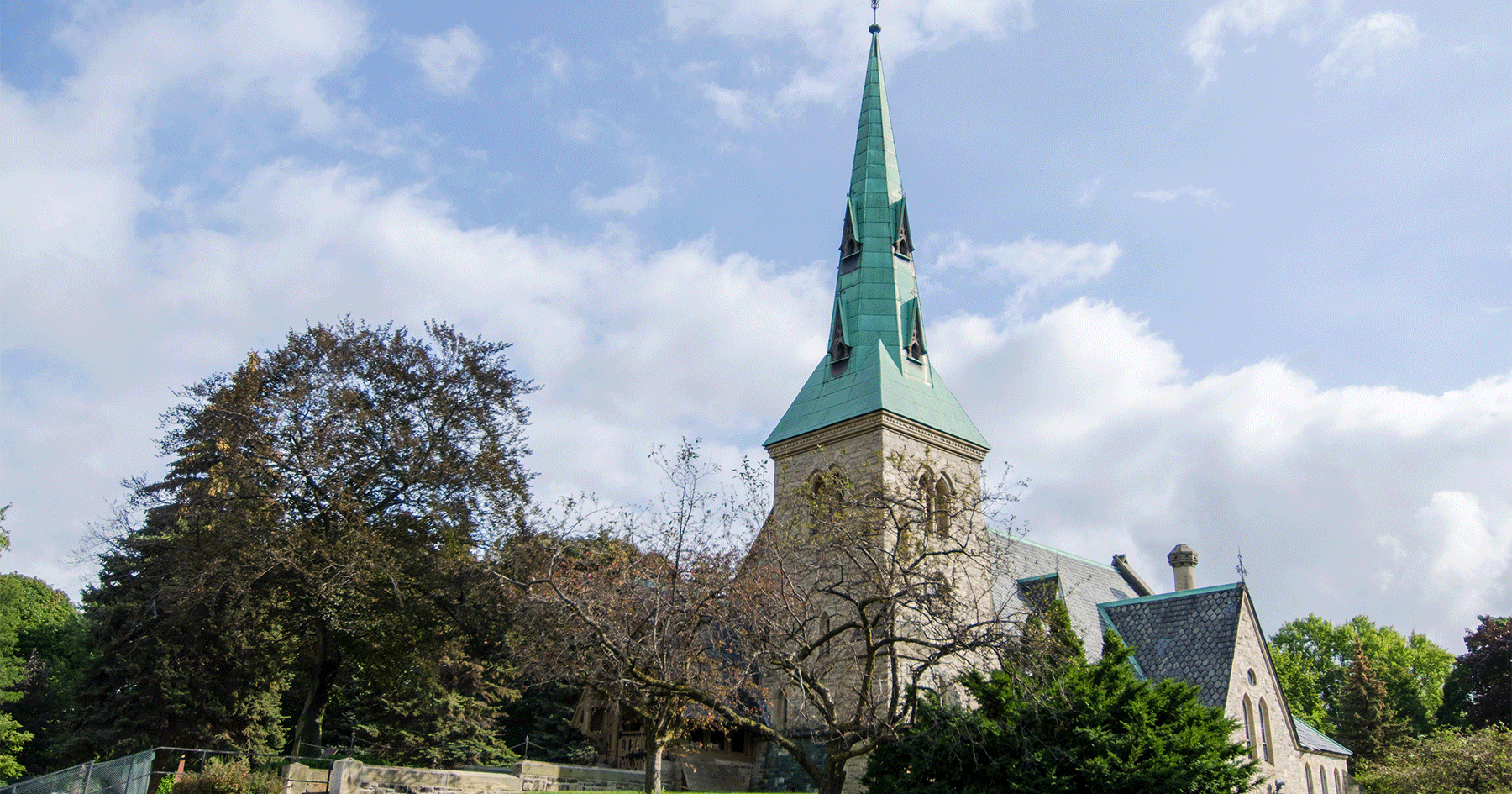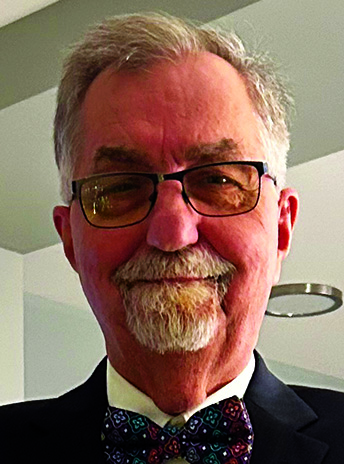The Old Church comes to Upper and Lower Canada
In Upper Canada, loyalist exiles from New York travelled westwards. The route leading to the Niagara River was the quickest way to find protection beneath the British flag. Some settled in Kingston. Several hundred settled near the first capital of the new province of Upper Canada, soon to become York (Toronto). First services were held in 1797. Ten years later, St. James’ Church, Toronto, was built on the site occupied by the present Cathedral.
The loyalists who suffered the greatest seem to have been those in the Upper St. Lawrence. Nearly all were completely dependent upon the generosity of the British government. In the building of our great nation, Canada owes a great debt to those known as The United Empire Loyalists.
In 1791, Jacob Mountain, of Norwich, was appointed Bishop of the Diocese of Quebec. The consecration service was conducted at the Chapel of Lambeth Palace, London, by the Archbishop of Canterbury. In this way, the Church in Canada was being equipped to meet the needs of the new day dawning upon the history of this country.
The growth of the Church in Upper Canada was slow during the quarter of the century that followed the coming of the United Empire Loyalists. Church membership was predominantly American in character, but during the first half of the 19th century, great numbers of emigrants from the United Kingdom came to the Canadian shore, causing its membership to become predominantly British.
Peace came to Canada after the War of 1812. However, social conditions in Britain were deplorable. British regiments disbanded, causing many of the soldiers to leave their homeland. On the social front, new machinery was replacing manual labour, which brought mass unemployment. Crop failures caused general distress along with unjust agricultural laws enforced by landowners. Child labour laws in factories added to the general discontent. In 1820, the newly crowned King George IV was coldly indifferent to the suffering of his subjects.
To relieve this acute situation, Robert Jenkinson, Prime Minister of the United Kingdom, instituted emigration to the Colonies. Eight million citizens left Britain in half a century. Two million came to Canada, causing Upper Canada to increase its population sixfold in thirty years. A substantial number were members of the Church of England or the Church of Ireland. When they arrived, they cleared the land and petitioned the Bishop of Quebec to send them ministers.
Ireland during that time was the most distressed. Social conditions there were miserable, and there was much unrest. A high birth rate created a surplus in population. More than half of the British migrants were from Ireland. Most came to British North America and largely settled in Upper Canada. Many Irish clergy made a valuable contribution to the growth of the Church. The Reverend Benjamin Cronyn, first Bishop of Huron, was one of twenty Irish clergy.
The same causes that brought these Irish clergymen to Canada indirectly led to the founding of colleges devoted to instilling a definite evangelical and missionary spirit. The suppression of several Irish Bishoprics in 1833 caused an Oxford professor, Rev John Keble, to denounce the Government for interfering with the rights of the Church. The response to Keble’s sermon marked the beginning of the Catholic revival in the Church of England, generally known as the Oxford Movement.
The story of how the Old Church came to Canada reveals several key facts: the present Canadian Church came from both the Thirteen Colonies of America and from the British Isles. Another outstanding fact is that many were exiles from their native lands. They were called upon to suffer both physical and spiritual destitution during the first years they spent in this country. For over a century, the members of the Church living in the British Isles gave generously in financial aid to enable the gospel to be preached throughout the wilds of the new land. From 1840 to 1940, the parishioners of England, Scotland and Ireland donated an impressive total of six million dollars for the establishment of the Church in Canada.
Editor’s note: We acknowledge the harm that was done as a result of colonization during the period covered by this article.


